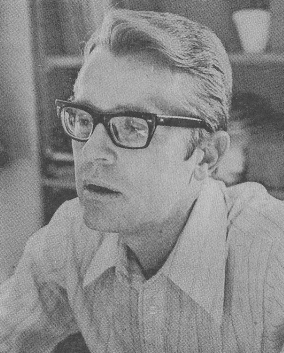Our family served under Eastern Mennonite Missions in Vietnam from 1963 to 1973. In the spring of 1967, the American Medical Association sent a delegation of 3 doctors to Vietnam to determine if the AMA might bring seriously wounded children to the US for treatment, especially napalm victims. The doctors were from Massachusetts General, Philadelphia Children’s and Stanford University Hospitals.
One day there was an unannounced knock on the door of our home in Saigon, and a delegation member requested that I accompany them as interpreter as they visited medical facilities treating wounded children, mostly provincial civilian hospitals, throughout South Vietnam. The US and South Vietnamese governments gave their visit high priority, providing escorted helicopter and road travel for 2 weeks.
As in every war, the children were terribly vulnerable. In one hospital in central Vietnam, where fighting was heavy at the time, scores of wounded children were lying three to a bed, two side by side and one crosswise at the foot of the bed. Most had injuries from bullets or shrapnel, possibly because not many napalm victims made it that far. Fifty years later, those searing memories persist.
As far as I know, very few children were brought to the US for treatment, given the complications and difficulties. If for no other reason than the suffering of children, the end of the war was a blessing for so many.
I mourn our human propensity to choose war as a “last resort,” only to regret later how badly it turned out.


